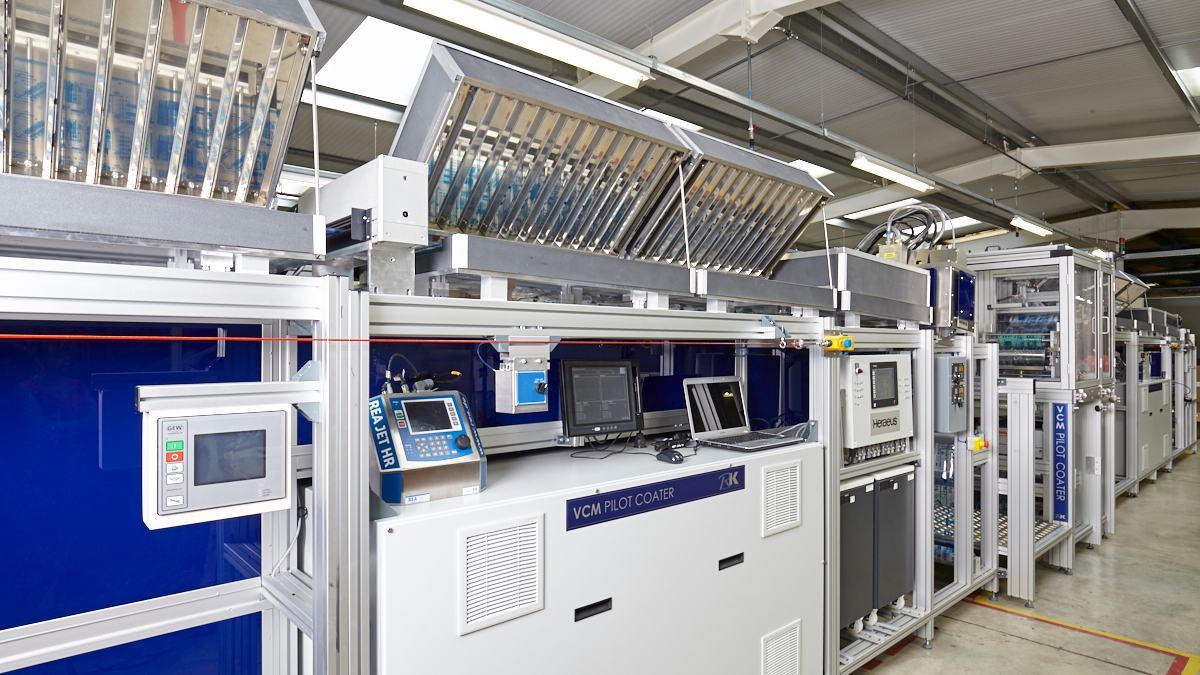They have a long shelf life, though they may be hidden and tucked away for some time before they are chosen: nevertheless, frozen foods, and their cousin chilled foods of one type or another are on the menu for most of us at some time. Regulated low temperatures can conserve a wide range of foods, often for many days for chilled foods packed in sentry box cabinets, and months for foods packed frozen in coffin-style freezers.
Cartons, paperboard, aluminium-foil containers and flexible bags and pouches do a good job of containing goods –but only adhesives seal seams and weld the different packaging materials together.
Adhesives as a game changer
Adhesives and adhesive coatings provide a barrier and hold fast capabilities. Used in small quantities, but applied with precision, adhesives can be a game changer. The adhesives used for frozen and refrigerated foods include various hot melts, emulsions (water-based), epoxies, silicones and more. Environmental compliance, sustainability and package/print practicalities, engage formulators, converters and custom coating machine builders alike for the development and trialling of compliant adhesives.
For carton and case closing of paperboard, the adhesive needs to set quickly and withstand low temperatures for long periods. Cartons such as frozen pizza and other items are wax-coated or varnished, which can make it difficult for some adhesives to bond or adhere. Freezer-grade hot melt adhesives withstand many handling/storage difficulties. With hot melt adhesives that have a wide window for temperature extremes, cold foods, and even those that are vacuum packed are in effect doubly protected. In bonding operations, it is vital that the adhesive is applied in discrete amounts at a determined point of contact. Good wettability is essential. Applied correctly the adhesive will spread out over a roughened surface; applied incorrectly and in too large a volume the result may be messy and unacceptable.
Initially used for low-speed case sealing equipment, advances in hot melt technologies now enable hot melt to meet higher production speeds. One of the attractions of hot melt is that many of them can be employed on substrates that may be difficult and where goods are going to be stored under challenging environmental conditions: freezers and chiller cabinets. Many of the formulations are also resistant to heat and creep.
Hot melt coating
Hot melt coating can be accomplished on the VCML and RK Print Coat Instruments’ custom-configured VCM pilot/production coater. Hot melt can be accomplished via extrusion coating or via gravure coating. The former is suitable for higher viscosity products while the latter meets lower viscosity requirements. Adjustments can be made to the temperature of the system, the head setting and the pump speed to regulate coating weights down as low as 10gsm.
For those adhesive with a viscosity of below 5,000 centipoises and with a maximum temperature of approximately 150°C products can be coated on the VCML and VCM with gravure cylinders using a reverse angle doctor blade.
Adhesives are vital for many manufacturing industries, yet truth be known experts on adhesive technology are few and far between. Most organisations including package converting opt out of the necessity for a trial-and-error approach. Used for research and development purposes and for testing formulations and materials, the VCML enables companies to select from a wide range of coating and printing technologies and is capable of short-run production.
Written by Tom Kerchiss, Chairman of RK Print Coat Instruments Ltd.

